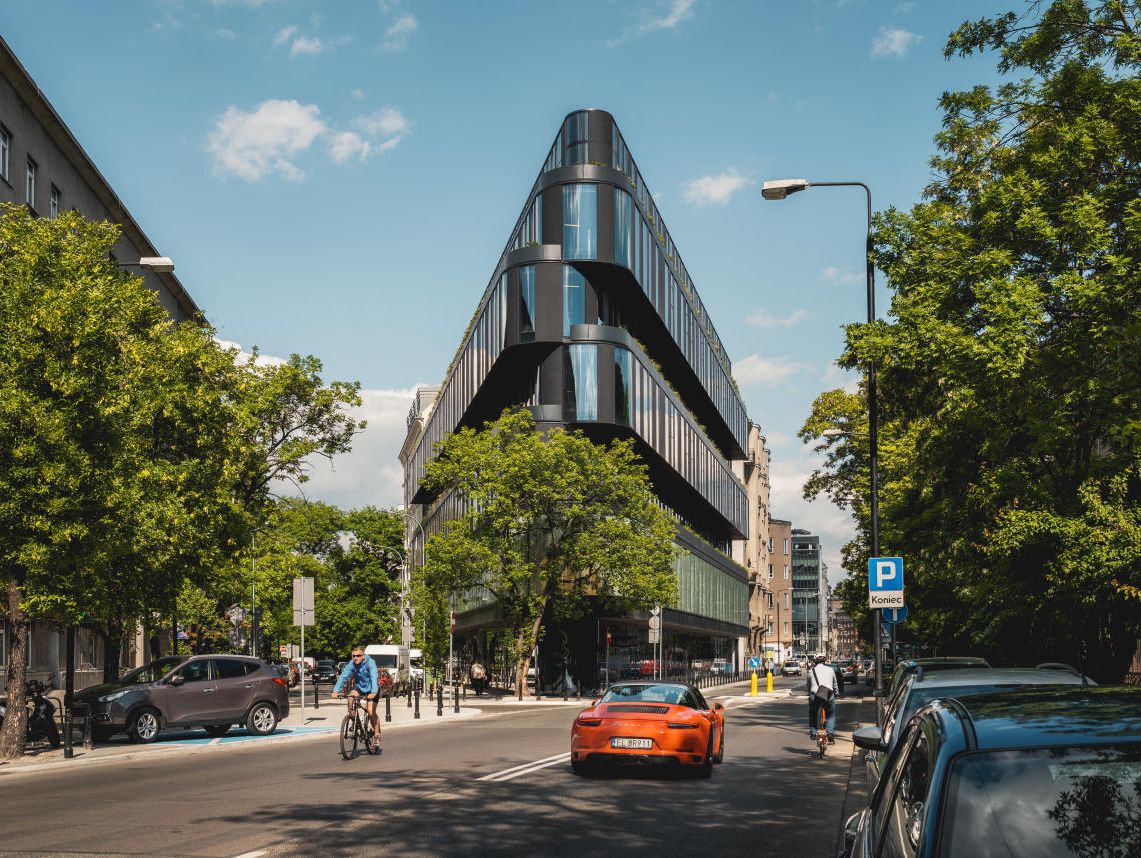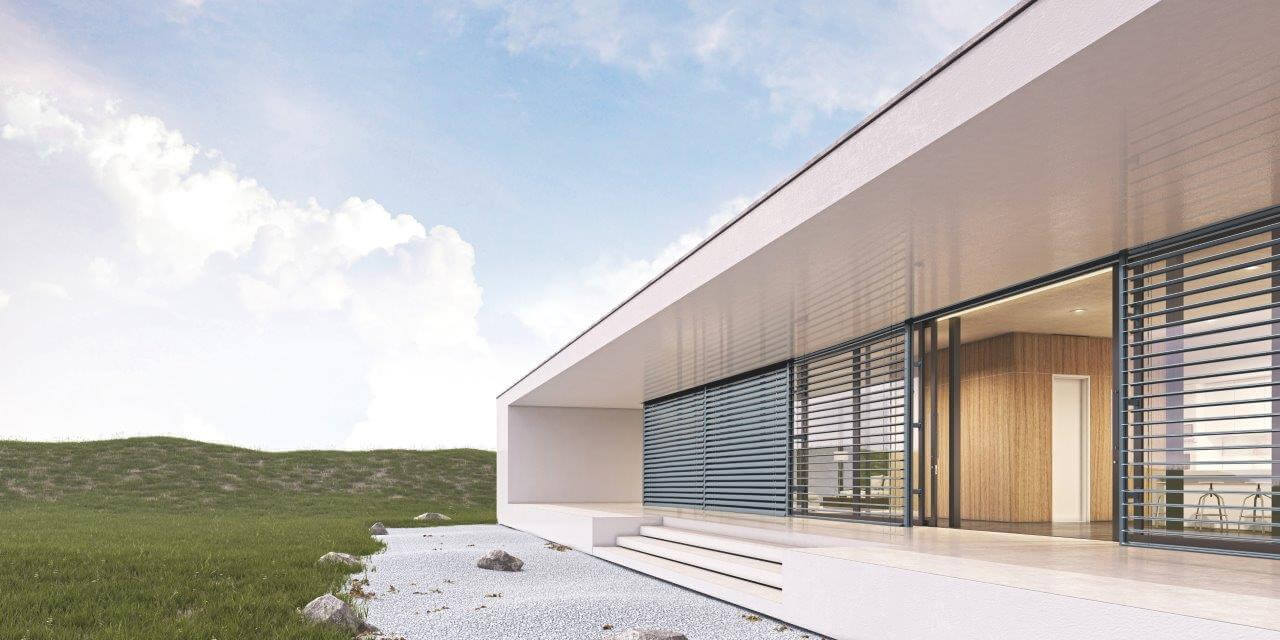Main advantages of large glazing
Contemporary architecture is all about glass and metal. It is characterised by very large glazing and the resulting panoramic views. What are the advantages of using large windows in residential and commercial buildings?
Contact with nature
We are increasingly missing the inclusion of nature in our everyday lives. A house equipped with large windows increases the amount of light and allows more contact with nature, even when spending time at home. This advantage of panoramic glazing is most heavily emphasised by investors.
Functional and light rooms
Whether it is a small living room or a large conference room, large glazing makes the room feel light and open. It becomes spacious, open to the world and gives the impression of a place where one can breathe freely. Interiors with large glazings look elegant and luxurious.
Investors’ interest in the largest possible glazing is not waning. Quite the contrary, the need for increasingly large dimensions is emerging. Aluprof is meeting these challenges by offering solutions such as MB-Skyline Type R, a large-size sliding door with completely concealed leaf profiles. ‘They have a maximum height of 4 metres, which makes it possible to create spectacular glass walls, but the leaf can weigh as much as 1,200 kg’, describes Michiel van Duren, Managing Director at Aluprof Nederland BV.

Nobu Hotel, Warsaw, Poland. Designed by: Medusa Group. Systems used: MB-78EI, MB-86 SI, MB-Skyline, MB-SR50N EFEKT, MB-SR50N EI EFEKT, MB-SR50N OW
Natural light all year round
Large glazings also mean unhindered access to natural light. Bright, illuminated rooms translate into an improved sense of well-being for the residents and lower energy bills. The same advantages also apply to office and public buildings.
But what about heat loss?
Do large glazed areas reduce the energy balance of a building? This is the concern of many investors. After all, heat loss does not only mean higher energy expenses and the associated environmental costs, but above all economic costs. Fortunately, modern building solutions make it possible to avoid excessive losses. All that is needed is to use systems that guarantee thermal transmittance at the necessary level.

Erskine House, Belfast, Northern Ireland. Designed by: Todd Architects. Systems used: MB-SR50N
‘An example of such a solution are the highly thermally insulated façade systems such as MB-104 Passive and MB-86 ST, which offer excellent Uw parameters (from 0.73 for MB-86 ST and 0.53 for MB-104 Passive). They are dedicated to energy-efficient construction and make it possible to achieve large glazings and maintain the building’s energy balance’, explains Ralph van der Kooij, Sales Manager at Aluprof Nederland BV.
It is also important to consider how the glazing is positioned in relation to the world to avoid heat loss. Extending the windows to the south and west improves the energy balance, because the sun warms the rooms in winter, while insulated solid walls are placed on the north, cold side.
For large glazings in summer, we recommend screens with reflective, transmissive and absorptive properties. They stop the room from heating up excessively, and provide visible light, visibility and optical comfort. Skyroll ZIP or Classic systems can be used together with blinds or external shutters. Another interesting solution is the Sky Flow external blind systems with movable slats that allow you to choose the amount of shading’, adds the Aluprof expert.

System Sky Flow, Aluprof.com
Let’s Build a Better Future
Modern architecture relies on large glazings, which, if made of the right materials and supported by systems that reduce room heating, can also be used in energy-efficient, green construction. And their aesthetic value is second to none!
